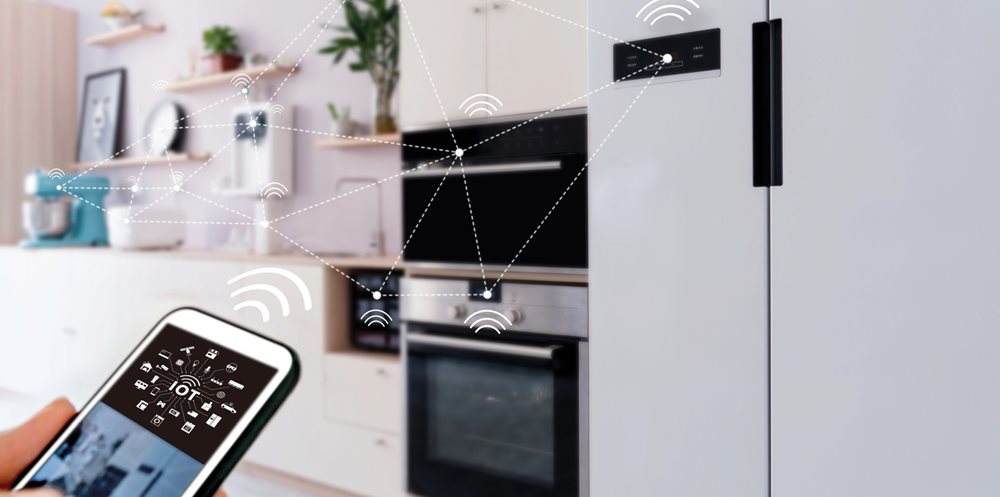
hakule | iStock.com
To conserve energy and save money on your electric bill, there are energy-saving steps you can take now and ways to realize greater savings later.
Dial in savings.
Now: The first place to start is your thermostat. In most homes, the largest portion of the energy bill goes toward heating and cooling. Setting back your thermostat by 7–10 degrees for eight hours a day can save you up to 10% a year on heating and cooling. In the winter, try aiming for 56 degrees at night and when no one is at home, and 68 degrees when you’re up and around.
Later: Make sure to adjust your air conditioning settings next summer. If you have a manual thermostat and don’t always remember to adjust it, consider purchasing a smart or programmable thermostat.
Set refrigerator and freezer temps for efficiency.
Now: Make sure your refrigerator and freezer aren’t set to
a colder temperature than needed. The fridge should be at
38–40 degrees, and the freezer should be 5 degrees. If you have a separate chest freezer, set it to zero. Also check your water heater, which should be set at 120 degrees.
Later: Old refrigerators and freezers can use a lot of electricity. If yours was made before 1993, you can save upward of $65 a year with a new, Energy Star-rated model. If you eliminate a second refrigerator or freezer, you can save even more, especially if it’s in your garage.
Maximize the heat you’ve got.
Now: Look around each room and make sure the vents and radiators aren’t blocked by furniture or other objects. If the floors feel cold even when the room is warm, put down area rugs for additional warmth. Open curtains and blinds to let the sunshine in, and close them at night.
Later: Enlist the help of an energy auditor or heating, venti-lating and air conditioning specialist to test for duct leakage and ensure your whole system is balanced and running efficiently.
Make bright moves with your lights.
Now: The obvious first step is to make sure lights are turned off when not in use. You can do this manually or employ one of many automated strategies. If you’re still using incandescent lightbulbs, you could switch your five most-used bulbs to LEDs to save about $75 per year. LEDs last much longer and use about a quarter of the energy. Prices on LED bulbs have gone down in the past few years, and you can save more if you buy them in packs.
Later: Over time, plan to replace all your old incandescent bulbs, and consider smart lighting options that can be program-med to turn off when a room is not in use.
Eliminate drafts.
Now: Look carefully around your home for signs of air leaks. If you have a gap under an exterior door, you can block it with a towel or better yet, install weatherstripping. Make sure windows are sealed with caulk, and seal areas around exterior plumbing and wiring penetrations.
Later: Have an energy auditor from BEC do a blower door test, which is the best way to identify all air leaks in a home.
Posted: 1/6/2021 12:32:32 PM
Author: